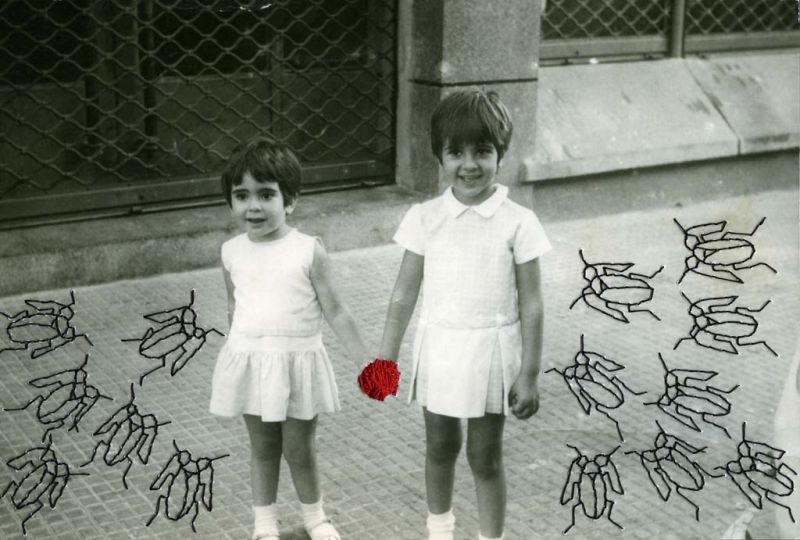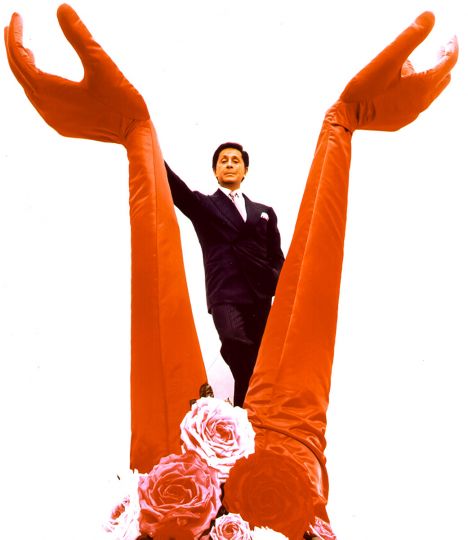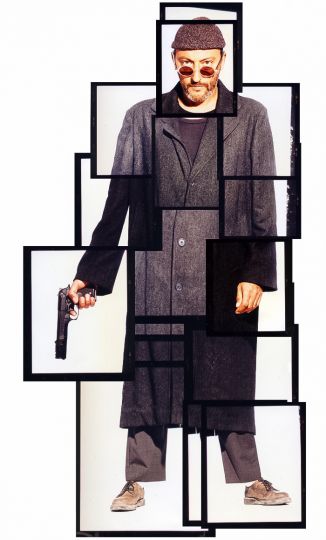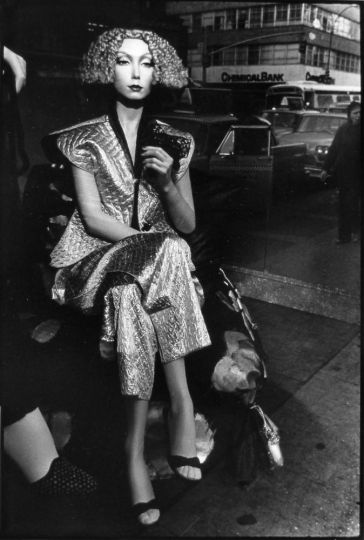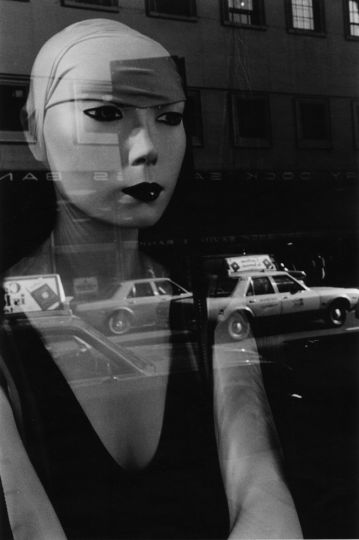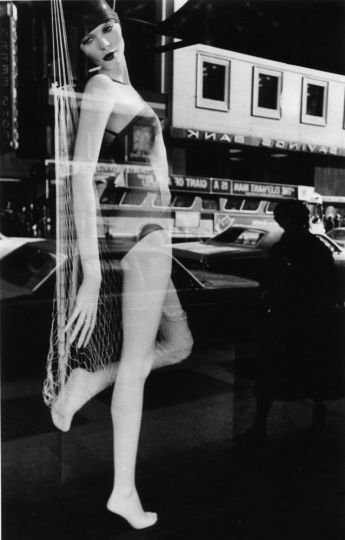I began taking pictures in the early 2000s following an intense period of questioning in my life. I started keeping a photographic journal. Day after day, in a kind of fever, I documented my life, my family, my child. Behind this desire to create loomed a need for clarification with the world, confronted with a series of situations impossible to face. I photograph as an act of resistance, to set myself against oblivion, to gather proof of my existence, to keep hold of the things I see that will one day cease to exist. I go forth with my child by my side, knowing that one day I shall walk alone, and my child will take a separate path. The question is: how to learn to lose everything, and regret nothing? Like in an analytical work, I sought to explore paths other than speech to liberate my past from its emotions, and I thought I could find a response looking at photographs from my childhood.
I started taking an interest in my family photographs. Flipping through the albums from my childhood, I felt overwhelmed by an anxiety whose source I couldn’t identify. These photographs taken forty years ago, these moments fixed on paper, they represent me, speak of me, of my family. They say things about the question of identity, my family history and its secrets, the fears that went into me and that remain a part of me today.
Like an archaeologist, I unearth family albums and shoeboxes full of pictures of me. I sort them, digitize them, print them. I do no nothing to the original photograph. I transpose its reality onto different paper, sometimes reframing an appealing detail, and I choose my format. Once the choices have been made, I begin by telling my version of the facts with embroidery and beadwork. The thread is an autobiographical element because I studied couture and worked as a stylist for ten years. Embroidery is closely linked to the milieu in which I grew up, where sewing is reserved for women. There is nothing subversive in the activity, but I pervert it with my speech. I use these falsely decorated devices to reinterpret my story and condemn the mistakes. Piercing the paper with a needle is a kind of exorcism. Each time the point enters it kills another demon. I use a red thread, like Ariadne’s thread. It leads me through the maze of my own history. Red is the color of violent emotions, the color of blood, bad blood. It’s also a color linked to sexuality. The pearls chosen for their brilliance and fragility accentuate the decorative aspect, creating a discrepancy.
Writing also plays a part, accompanying the photograph. It’s like a key to solve the mystery. This slow work is the metaphor for the careful craftsmanship of the self and time gone by.
The collection of images for the project Photos Souvenirs covers a period spanning 35 years, from my birth to the minute I began documenting my life in the early 2000s.
The series consists of three parts: Moroccan childhood, adolescence, and adulthood with marriage motherhood.

